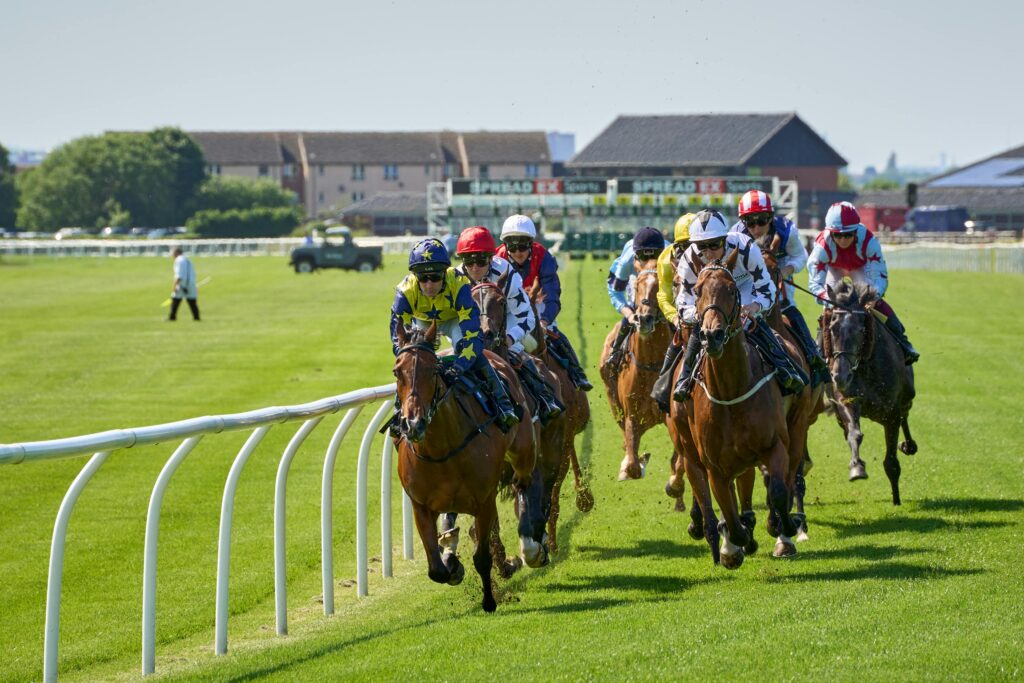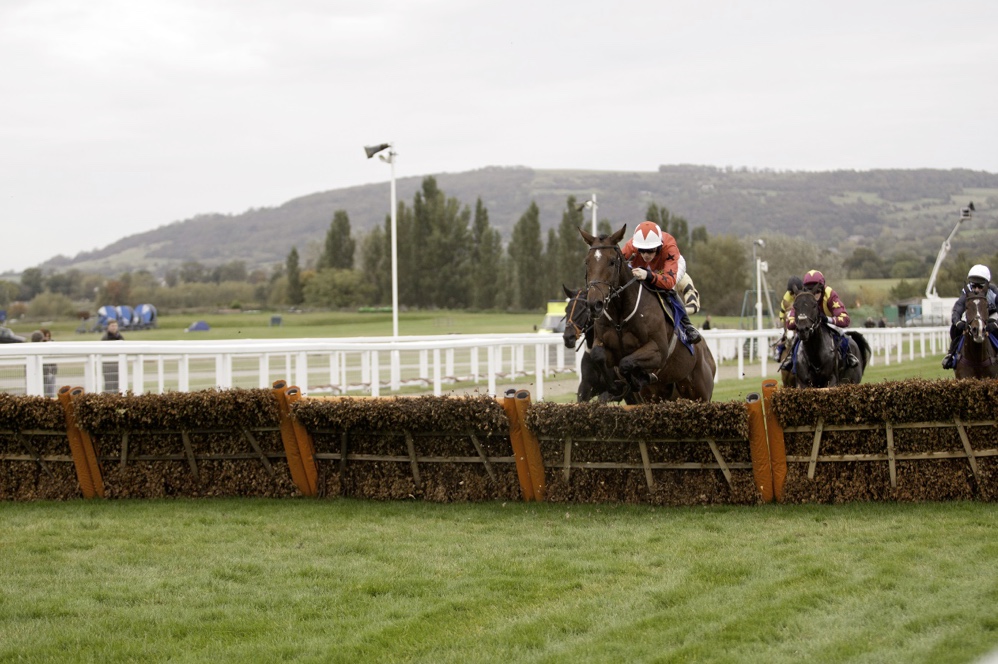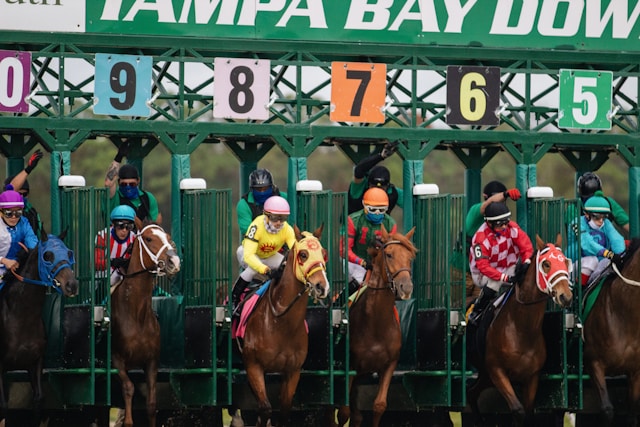 We are still months out from the 2026 Cheltenham Festival, but the form lines are starting to take shape, the ante-post markets are shifting, and the sport’s biggest names are laying down their early-season markers. And when it comes to owners, none are bigger or more influential than JP McManus.
We are still months out from the 2026 Cheltenham Festival, but the form lines are starting to take shape, the ante-post markets are shifting, and the sport’s biggest names are laying down their early-season markers. And when it comes to owners, none are bigger or more influential than JP McManus.
The Irish billionaire is the most successful Cheltenham owner in history, with his famous green-and-gold hoops carried to victory 80 times at the prestigious Prestbury Park meeting. He’s been crowned Leading Owner for the last three Festivals, and with punters already exploring Cheltenham free bets, his squad for March is beginning to look typically formidable.
With that in mind, here are some of his standout potential runners for the spring.
The New Lion – Champion Hurdle
Purchased shortly before last year’s Festival, The New Lion had already made waves with impressive wins at Chepstow and Newbury—including a commanding success in the Challow Hurdle—before joining the McManus empire.
His first test in open Grade 1 company came in last month’s Fighting Fifth Hurdle at Newcastle, where he locked horns with Constitution Hill. The race, however, unravelled in dramatic fashion: The New Lion fell at the second last when coming under pressure, while Constitution Hill had already exited earlier in the contest.
Despite the mishap, his profile remains that of a top-class performer, and it’s far too soon to dismiss his Champion Hurdle credentials—particularly with question marks lingering over several rivals. Lossiemouth currently sets a formidable standard for Willie Mullins, but a polished return from The New Lion would firmly re-establish him among the leading contenders.
Fact To File – Ryanair Chase
Another one of four McManus winners at the 2025 Festival, Fact To File returns with an excellent chance of defending his Ryanair Chase crown on Day Three.
Initially earmarked as a potential Cheltenham Gold Cup horse, he twice found Galopin Des Champs too strong at Leopardstown, prompting connections to reroute him to the Ryanair. It proved an inspired decision. He travelled powerfully throughout before storming nine lengths clear of Heart Wood to provide one of the most impressive performances of the week.
His reappearance defeat to Gaelic Warrior at Punchestown last month—going down by just a neck—did little to dent his reputation. With conditions and trip firmly in his favour, Fact To File looks every inch a major player as he targets back-to-back Ryanair titles.
Inothewayurthinkin – Cheltenham Gold Cup
You don’t become the greatest owner in Cheltenham history without making bold, decisive calls—and Inothewayurthinkin was the perfect example last season. Supplemented for the Gold Cup at a cost of £25,000, the Gavin Cromwell-trained star produced one of the shocks of the meeting by defeating Galopin Des Champs and denying him a historic treble.
Still only seven, he heads the ante-post market for the 2026 renewal and enters the campaign with the look of a horse still on the rise. His stamina, jumping accuracy, and ability to handle the unique demands of the Cheltenham hill make him a leading candidate to defend his crown in March.
Dinoblue – Mares’ Chase
Rounding out this list is another of McManus’s 2025 Festival heroes. Dinoblue enjoyed a spectacular spring last season, beginning with a Listed Mares’ Chase victory at Naas, followed by a polished triumph in the Mares’ Chase at Cheltenham. She then delivered a devastating 35-length demolition job in the Grade 2 Mares’ Chase at Punchestown.
Her reappearance run at Navan last month—when beaten in mixed company—should be viewed as a satisfactory return rather than a setback. Back among mares and with her trademark sharpness likely to improve for the outing, she will take a world of beating in her bid for a second Mares’ Chase title.


 Horse racing brings together speed, strategy, and excitement in a way like no other sport. However, beyond the thrilling spectacle of the race itself lies the fascinating world of betting, a way for fans to engage more deeply with the sport.
Horse racing brings together speed, strategy, and excitement in a way like no other sport. However, beyond the thrilling spectacle of the race itself lies the fascinating world of betting, a way for fans to engage more deeply with the sport.